

Suunto Blog
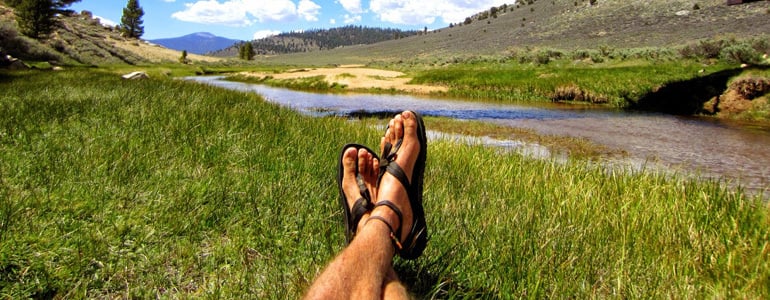
Race Across America – on foot!
There are ultra runs and then there's the Race Across America. Kicking off on January 16, the race will see dozens of athletes attempt to run across the US, a total distance of 5,000km. Among them will be the 36-year-old Suunto supported runner Patrick Sweeney. We asked him why. So? A few years ago I wanted to run across the country by myself but had an injury. Then this opportunity came up. I'm excited to see the country and I've always been up for an adventure.I'm also raising money for a non-profit that's getting kids to run 100 miles in a school year, so that's a big motivating factor. I've seen it change lives. The details? It's 120 marathons over 140 days, mostly on the road.Ouch! Is it do-able? I'll find out! My best marathon time is 2:37 – on a hilly course – but we'll have eight hours to do the daily stages. Race strategy? My plan is to try and run in four hours and just find my groove. I don't know what my comfort level will be. The course is unmarked so having the Ambit will be very helpful.
DietI'm vegan so that's going to be even more difficult but I'll eat lots of oils and high protein meals and plenty of veggie tacos. I'll also be eating 2-3 avocados a day. Biggest challenge? It's winter! We cross the Colorado Plateau which is 7,500 ft (2,286 m) and we could encounter blizzards. I'm more of a hot weather person.
You ready? You can wait your whole life to be healthy but I'm in good shape. I've done a lot of ultras in California, including Leadville the last couple of years. You run in barefoot sandals, why? It's really all I need and works best with the running form of my body. I don't get blisters. But I'm also packing a pair of shoes with max cushioning just in case something goes wrong.
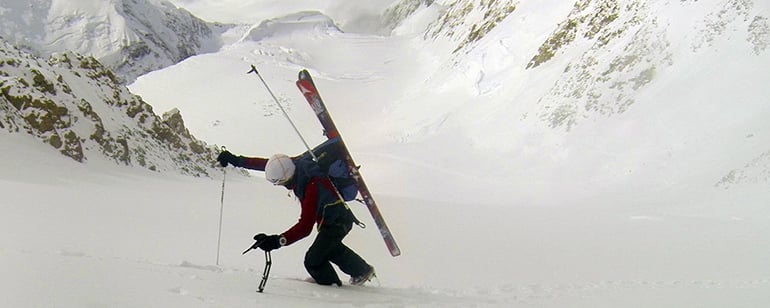
Kilian Jornet's perfect year
A week is a long time in the life of Kilian Jornet and there's rarely much time for rest. Recently back from running up the Americas' highest mountain Aconcagua, he's straight into competing in the Ski Mountaineering World Cup series. The record-breaking ascent of Aconcagua just before Christmas capped an incredible year for the athlete, possibly the most succesful ever, he tells us below.
2014 wasn't a bad year was it! I think it's been my best trail running season ever. [Kilian finished the trail running season with a hat trick in the World Cup and two gold medals in the world championships. He competed in a total of 14 races of different lengths as well as setting records on Denali 6,168 m and Aconcagua, 6,960 m.]
There were some good races but races with different disciplines. I started the summer with Transvulcania (83 km) and then Zegema Marathon, then it was to ski Denali then some vertical kilometer races, some mountaineering, some trail races... I don't like to specialize in one thing!
It's been a perfect year. I’m pleased about having been able to participate in so many varied races this summer in places with incredible landscapes and where I have met many people. At the end of the day, this is the essence of trail running and what drives me to continue.
So what's next?I do half a year running, half a year skiing. Ski-mo racing is a much more explosive sport than trail running. Races are much shorter and much more intense. It requires a lot of power! Much more fast but it's good for the muscles.
What's the appeal of ski-mo? It's fun because it's going up! You suffer! It's really hard because you want to go fast, you have to push, you have to have power to make every step. But ski mountaineering, not just racing, is great: you can go wherever you want. You don't have to follow a trail. You make your own track. It's this feeling of freedom.
You also have your sights on Everest in the spring? It's too ambitious to say it will be a record attempt. It will be an attempt and then we'll probably come back next spring for the record. The idea is to go the north side where there are more aesthetic lines.
Anything else in your sights? I have a lot of projects and always have things in the mind. I want to run, I want to be in the mountains. I will keep going out there winning races as that's my life and the thing that I love.
Check out the Suunto Movie of Kilian's record breaking ascent of Aconcagua here.
Main image ©Summits of my life, portraits above ©zooom.at/Markus Berger
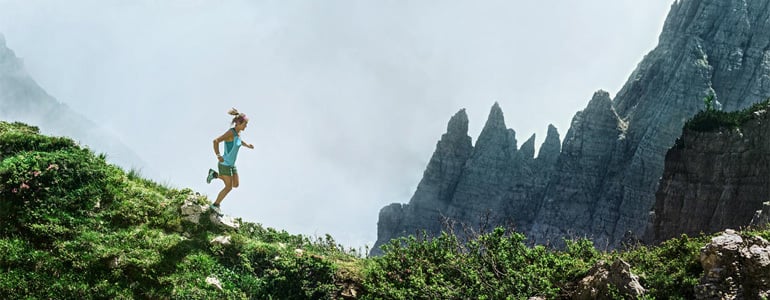
Emelie Forsberg's 2014 highs and lows
2014 was quite a year for Emelie Forsberg – she won the Sky Running world championships in the ultra distance, broke the overall record on Sweden's highest mountain but suffered the agony of coming 2nd at Kima after getting lost in fog. But it's not all about the race results for the trail runner. As she looks back at 2014, she says she still loves to go camping in the mountains...
The overall highlight? The world championship. I had such a great feeling during the whole race and it was amazing to run across the finish line with so many people standing there. To see the sport that big... it was huge. I was super happy to be crowned world champion.
Archive shot: ©Jordi Canameras
What else? The Axa mountain marathon in Sweden. That was special for me as that's where it all started with my first race ever. It was good to come back home and be with friends and to set a new, overall record. It was a big thing for me. I broke it by 13 minutes.
And the lowpoint? Kima was the only race I really wanted the record on and I knew I could have it. I had a great time and was half an hour on the record but I got lost in the fog. I descended 500m the wrong way. When I got back up I was in 5th position. To finish in 5th would have meant I could never have won the series. I had lost one hour but I managed to catch up with the other women and ended up 2nd. I was so angry with myself.
Smiles before and after the miles. ©zooom.at/Markus Berger
What about adventures outside competition?I'm really fond of camping and have been doing that for a long time. It's always special feeling, you take a stove with you so you can make hot chocolate and things like that. I had some really nice days out in the mountains in a tent. I always remember the camping nights!
So what's up for 2015? I'm now into ski mountaineering racing and my goal is to finish the world cup. I'm excited by that because I've never been able to do the whole world cup series of races.
Why ski-mo? It's fun to race. It's good training, actually the hardest training I have ever done! You just need to give everything, it's 100% all the time. But the summer trail running season is still the main goal.
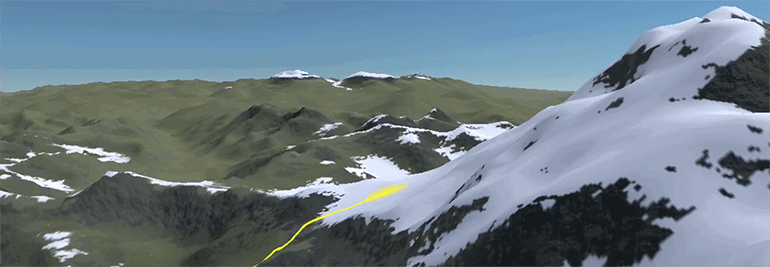
Relive Kilian Jornet’s Aconcagua record with a Suunto Movie
Kilian Jornet set a new ascent-descent record on Aconcagua, the highest mountain in the western hemisphere, on December 23rd. The speed record was part of Kilian’s Summits of My Life project.
Kilian started the ascent from the last inhabited place, the cabin of the park guards in Horcones at 2.900 meters. With the summit at 6,962 m the route included over 4,000 m of ascent and descent – and a distance of almost 60 km.
The new Aconcagua record now stands at 12 hours 49 minutes. That’s three hours faster than the previous official record and an hour faster than the unofficial one!
“I’m really happy to have completed this new challenge. It has been tough, especially at 6,500m altitude when I suffered altitude sickness. Anyway, these moments of suffering will always be remembered,” says Kilian.
Relive Kilian Jornet’s Aconcagua record with a Suunto Movie.
Read also Kilian’s blog post about the record.
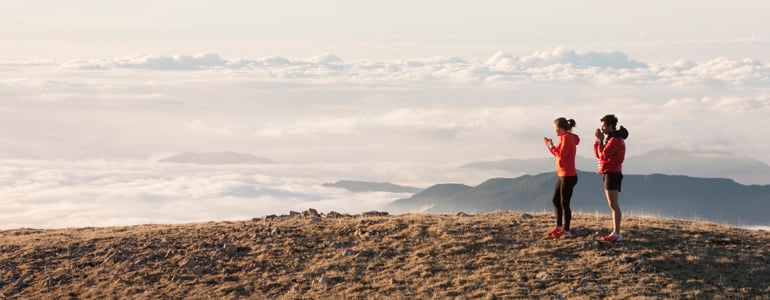
Aconcagua welcomes new visitors
As you read this, Kilian Jornet is attempting #6 on his Summits of My Life project, the mighty Aconcagua, 6,959 m, the highest mountain in the Americas. The goal is to set a new speed ascent record and follows his previous successes on Mt Blanc, the Matterhorn and Denali. “Everything is ready for the next dream!” he recently blogged.
Aconcagua, Argentina ©Daniel Peppes Gauer - Flickr
The goal is to break two records: Brunod, Pelissier and Meraldi's 3h 40 m record from the Plaza de Mulas (basecamp) in 2000 and Egocheaga's 14h 54m record from Horcones set in 2007. Kilian is typically modest when we speak to him: “The main goal is to make a fast time on Aconcagua,” he says.With him will be the film-maker Seb Montaz and guide Vivian Bruchez and one other person close to Kilian, his girlfriend Emelie Forsberg. This means he will not be the only champion ultra runner on the mountain.
Illustration courtesy of Suumits of my Life
It will be nice to support Kilian,” says Emelie “and if I am having a good day I will also try for the female record. It's not a goal for me but if I'm feeling good, I will try. It's a beautiful mountain.”Aconcagua is not as technically difficult as the Matterhorn and nor as wild and exposed as Denali but sitting just under 7,000 m it still poses a formidable challenge. Next up on Kilian's mountain schedule is the winter ski-mountaineering season and then Everest beckons in the spring. “It's too ambitious to say it will be a record attempt,” adds Kilian. “It will be an attempt!”We all wish Kilian (and Emelie) the best of luck!
Main image shows Emelie and Kilian in Spain: ©Jordi Canameras
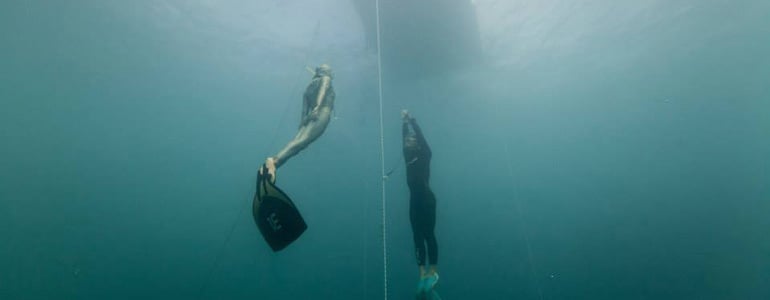
Final video from 2014 Suunto Vertical Blue
It's the final clip from the Suunto Vertical Blue freediving contest and goes some way to explaining why the event is the must-attend freediving event in the world. “These are all friends, we're a big family,” says Austria's Jakob Galbavy. “Everyone has a great attitude.”Not only is there great vibe, but Suunto Vertical Blue is home to some incredible performances. “The average depth was in mid 70s including male and female and across all disciplines,“ says organizer Will Trubridge. “It's really a great event for top freedivers.”Don't believe us? Just sit back and enjoy the video below.
Main image: ©Daan Verhoeven



































































